The healing effects of Lake Hévíz Moor Mud fine
The water of the lake has a very special composition, containing sulphur, calcium, magnesium and hydrogen carbonate. It is extremely rich in minerals and, as such, is very effective in treating numerous illnesses – to truly combine treatment and relaxation. It is mainly used for the following health problems: rheumatic musculoskeletal disorders, degenerative and chronic joint diseases, osteoporosis, post-op treatment for musculoskeletal surgeries, post-op treatment for slipped disc, nervous system-related complaints arising for mechanical reasons, chronic gynaecological illnesses, chronic back pain, various skin disorders (such as psoriasis).
It is important, however, to remember that you shouldn't spend more than 30 minutes at a time in the water.
If healing is not your primary objective, Lake Hévíz is still an ideal choice as in addition to refreshing or relaxing bathing options, it also provides various wellness services of Western European standards. Indulge yourself with (among other things) an underwater jet massage, the medicinal mud pool, the salt cave or a steam bath – essentially whatever you desire. In addition to relaxing, the area has countless active programmes on offer: exquisite hiking trails, Segway opportunities, horse-riding and unforgettable gastro experiences.
- The medicinal mud which thickly covers the lake-bed is also worth mentioning. ...
- The bed of Lake Hévíz is covered by a 1-7 metre-thick layer of natural, mainly organic medicinal mud, which is dark-grey by colour and soft by texture. ...
- The medicinal mud is applied as mud-pack during the treatments.
- Mud therapy
- The bottom of the lake is covered with 1–7 meter-thick layer of mud, which is a mixed type of mud, meaning that it contains organic and inorganic compounds as well. Due to the mud’s high humic substance its color is dark gray; when the mud is fresh it has the odor of hydrogen sulfide (rotten egg), when the mud is dry it has earthy smell. The applied mud is soft, rather fluid like and not sticky and its pH is close to neutral. The mud stores heat perfectly, but its thermal conductivity is poor. The mud is rich in Sulphur and is mildly radioactive. The dried mud’s 60% consists of limestone, quartz, feldspar, mica schist, and amphibole.
- For therapies, the mud had been provided by drilling the bottom of the lake until 1986.
- The mud therapy is used mostly for the treatment of musculoskeletal diseases including degenerative diseases, soft tissue rheumatic syndromes (i.e. diseases of tendons, muscles, bursae), joint contractures, and for the rehabilitation of injuries, but it is also effective for the treatment of chronic inflammatory gynecological diseases, and for certain skin disorders (i. e. psoriasis).
- In order to protect the mud reserves and to restore ecological balance in Lake Hévíz, from 1986 new mud sources became necessary.
- Due to the results of international scientific research concerning this issue, there was a solution for this problem.
- The geological development of fens and the bottom of the lake in Keszthely is quite similar to the surface covered with mud in Hévíz. The ionic balance of peat samples in the thermal water becomes equal to the mud in Hévíz after 3 days, and the samples’ physical and chemical status after 60 days. Accordingly, the peat incubated with thermal water is suitable for the production of artificial mud in Hévíz. This type of mud that was approved by GYEMSZI (National Healthcare Service Center) as a non-medicinal or non-medicated product is used in the hospital in Hévíz as well and is now available commercially here t Back to the Earth Naturals Inc.






















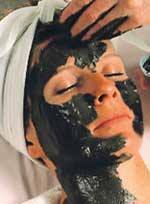
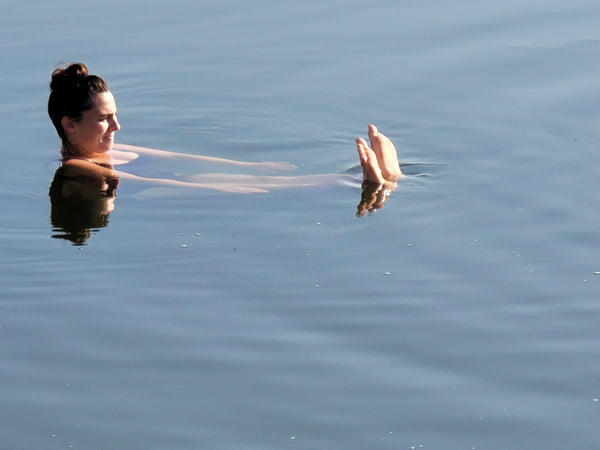
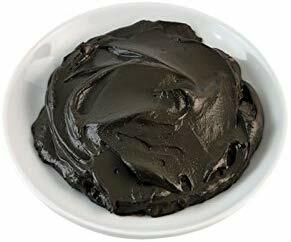

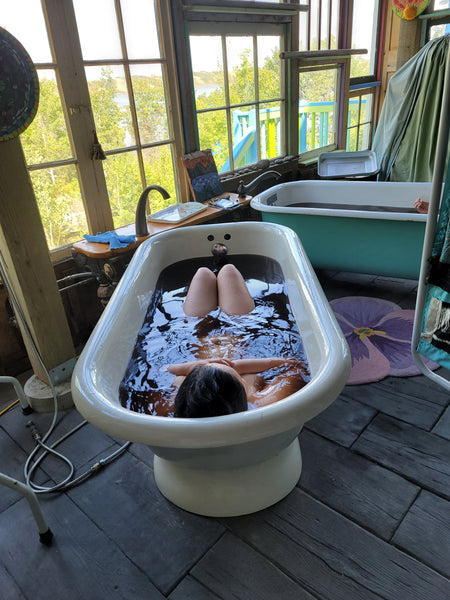

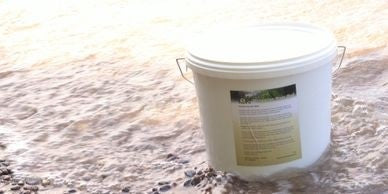
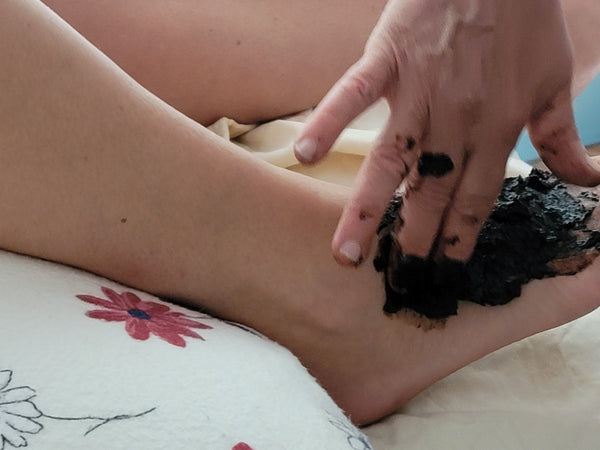
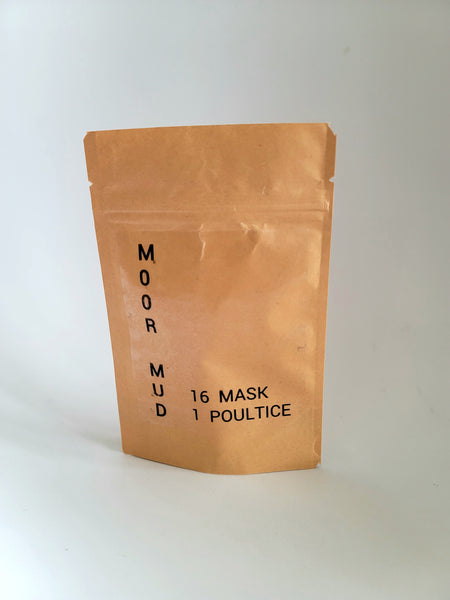
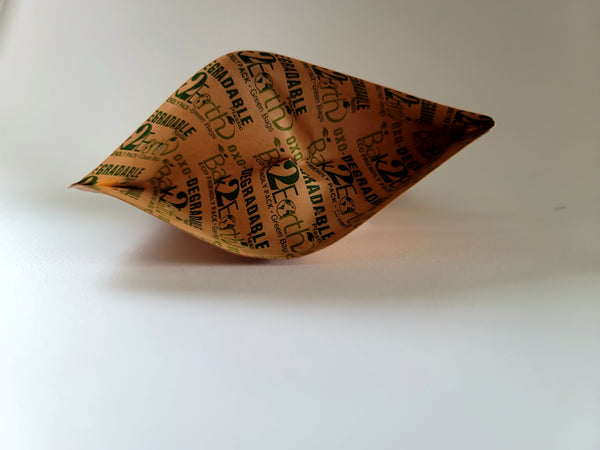

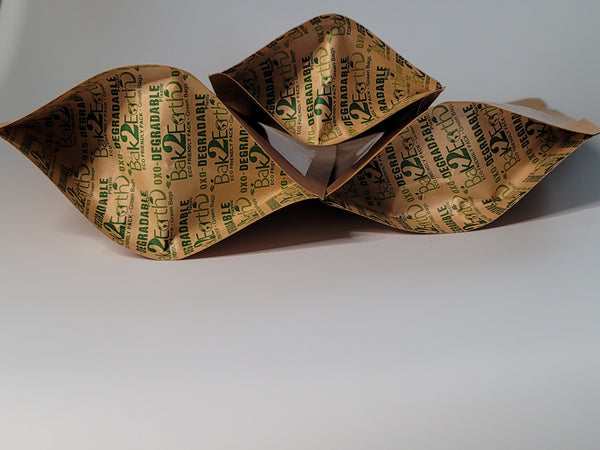
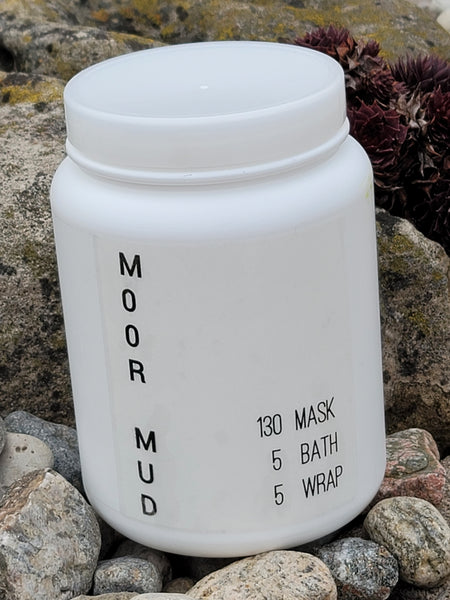
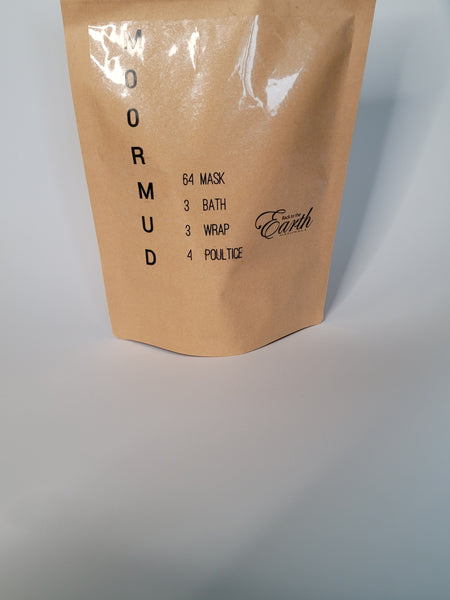
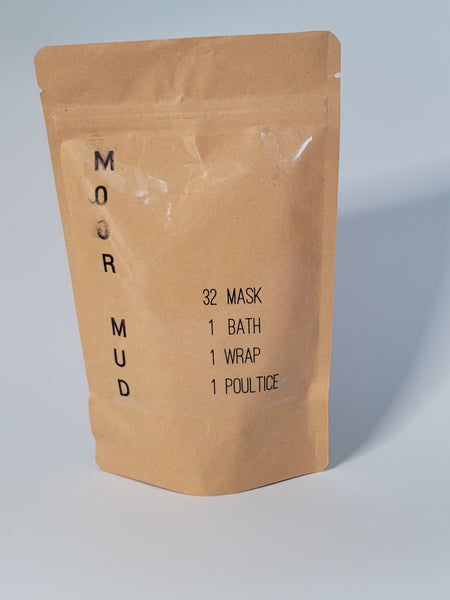
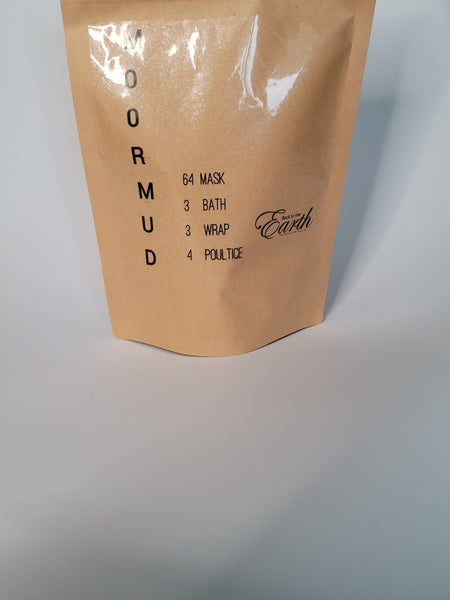
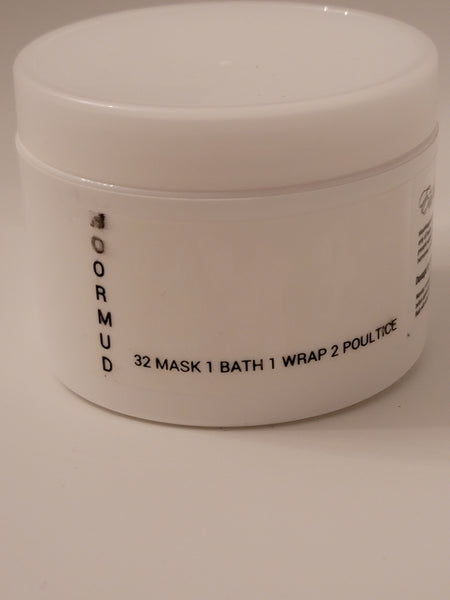
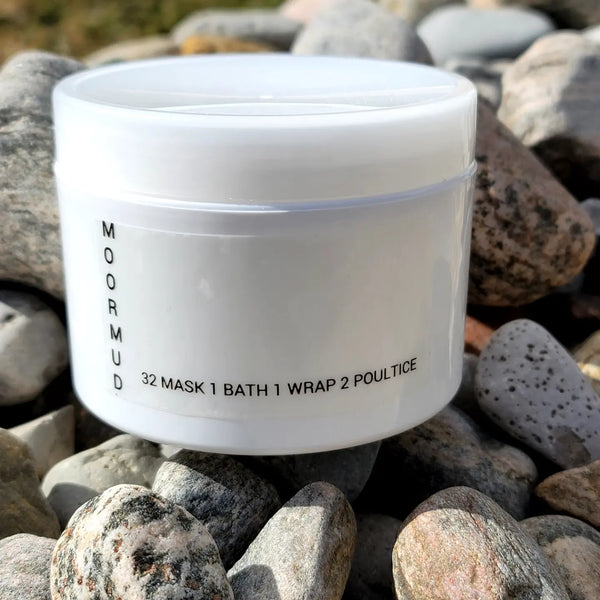
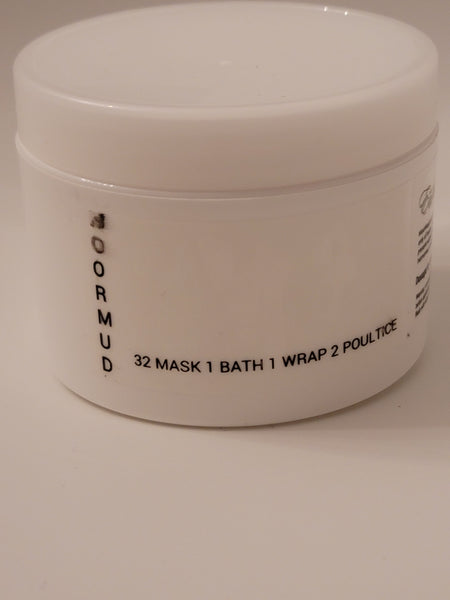
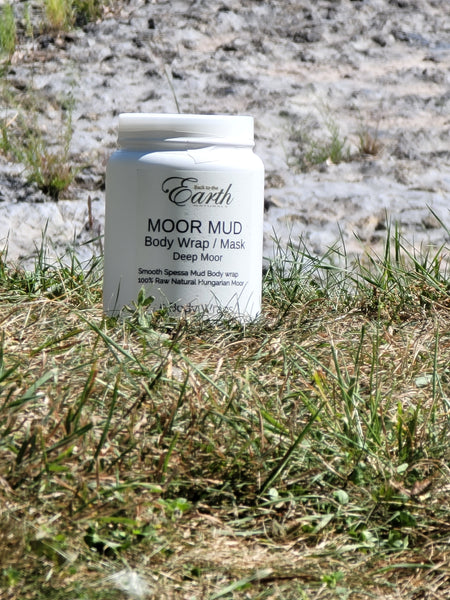
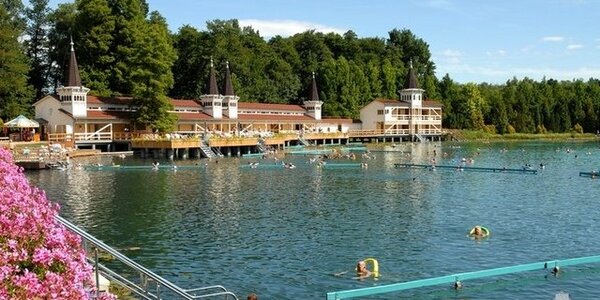
 Professional sizes ;1Kg & 5kg available
Professional sizes ;1Kg & 5kg available
